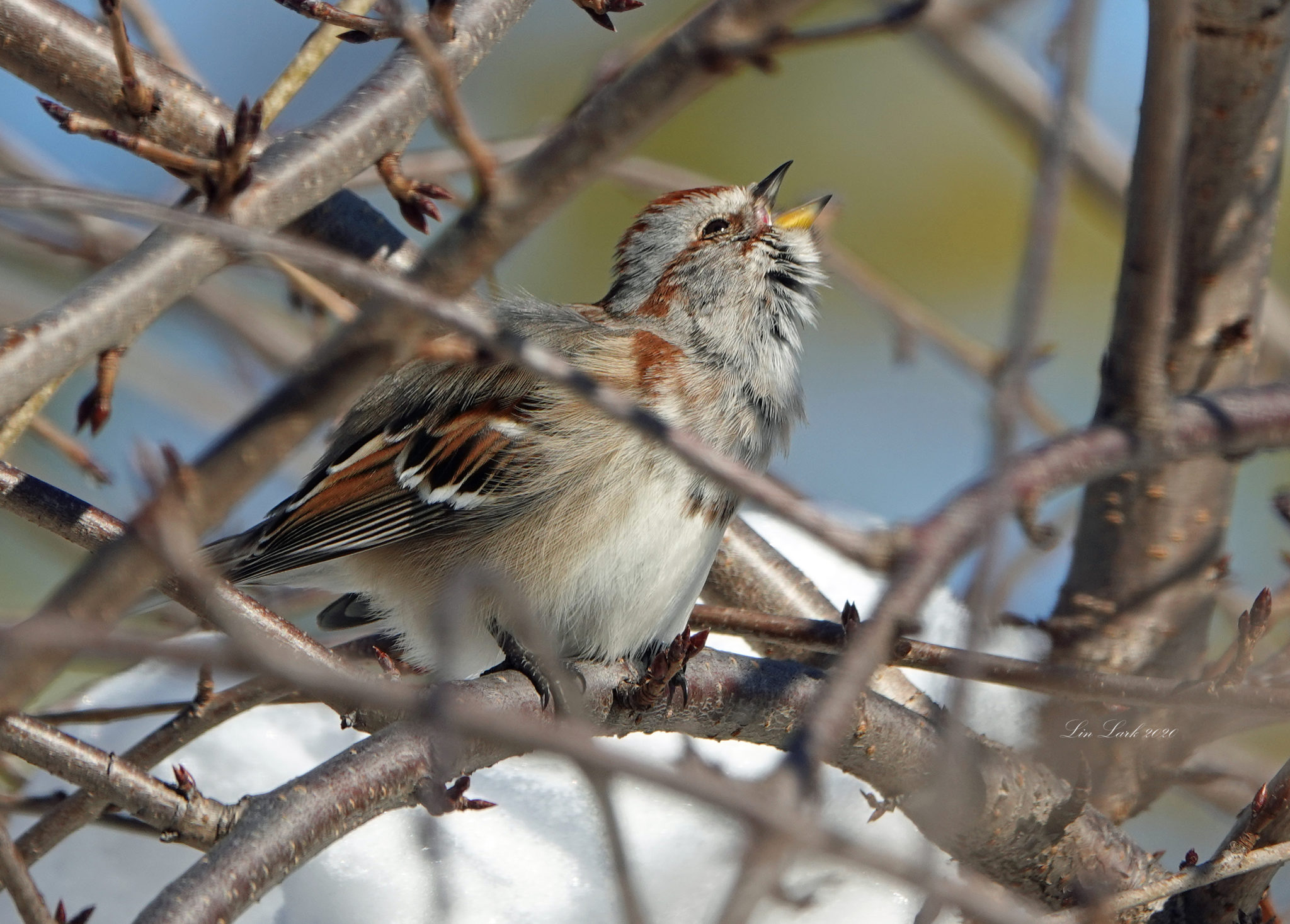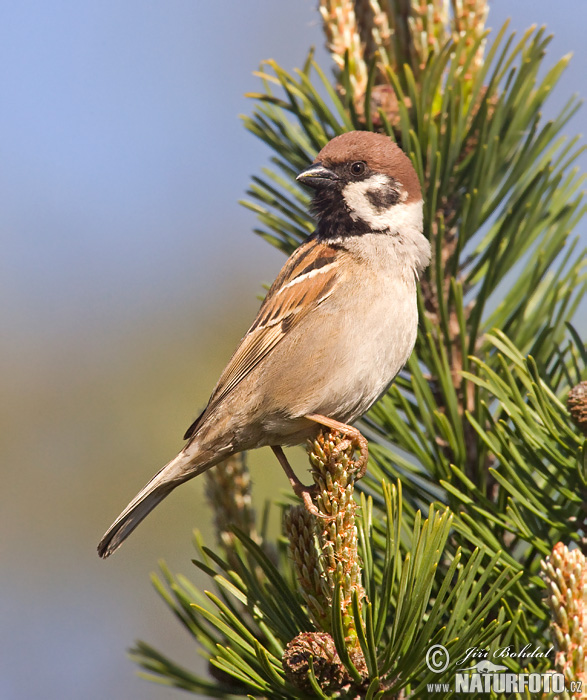

In the garden and open country Tree Sparrows prefer young shoots and seed. Tree Sparrows occur in many habitat types throughout the UK, woodlands, parks, gardens, farmland, hedgerows and indeed any open country habitat with suitable scrub. It occurs throughout the UK but is more local in Scotland, Ireland and the south west. The Tree Sparrow is a fairly common breeding resident in the UK, in the right habitat, however it is declining. The head takes on a more House Sparrow appearance.Juveniles appear from April onwards and look similar to adults, they tend to look dirtier around the face and head, lacking the obvious black cheek patch.Underparts are pale grey, undertail coverts whitish.The Bill is black and the black bib very small.In the centre of the cheeks lies a small black cheek patch, this is the Tree Sparrows most useful identification feature.Head has a bright chestnut cap, white cheeks and an almost complete white collar.
#Tree sparrow Patch#


The Tree Sparrow is a declining relative of the House Sparrow, it prefers a rural habitat and is seldom seen in larger towns. Introducing a New kitten to your home and Cat.There is also a tan-coloured version of this sparrow. Has a white throat White-throated SparrowĪnd a yellow spot between the eye and the bill. The White-throated Sparrow is gray breasted, White-striped White-throated Sparrow

In migration we see the juvenile which has a brownish head stripe. The White-crowned Sparrow has a clear grayish breast, White-crowned SparrowĪnd a puffy crown striped with black and white. Has a light crown stripe Clay-coloured SparrowĪnd a sharply outlined ear patch. The Clay-coloured Sparrow is plain-breasted, Clay-coloured Sparrow The Tree Sparrow has a solid red-brown cap, American Tree SparrowĪ dark spot on the breast American Tree SparrowĪnd the bill is dark above and yellow below. Note the black line through the eye and a white line over it. The Chipping Sparrow is a small gray-breasted sparrow. It has a whitish crown stripe and a yellowish eyebrow stripe. Despite this, I have few photos of it as I am seldom near this habitat. My grandfather told me that this is the most common farmer’s field bird in Canada. The rusty combined with gray about the neck gives the bird its foxy look. Note the band of creamy buff across the breast. The breast streaks are finer and do not aggregate into a central spot. The Lincoln’s Sparrow is similar to the Song Sparrow but the side of the face is grayer. The Field Sparrow has a clear breast, Field Sparrow The Swamp Sparrow has a reddish cap, Swamp SparrowĪnd rather reddish wings and tail. This central spot completes a triangle with the dark blotches on each side of the throat. Note the heavy breast streaks which converge into a large central spot. Instead, I had a look at my sparrow photographs over the last few years and decided to put together this guide to their identification.Įasily the most commonly seen and heard of the sparrows. With snowfall predicted all of today, I didn’t want to risk getting moisture into my camera during a walk.


 0 kommentar(er)
0 kommentar(er)
